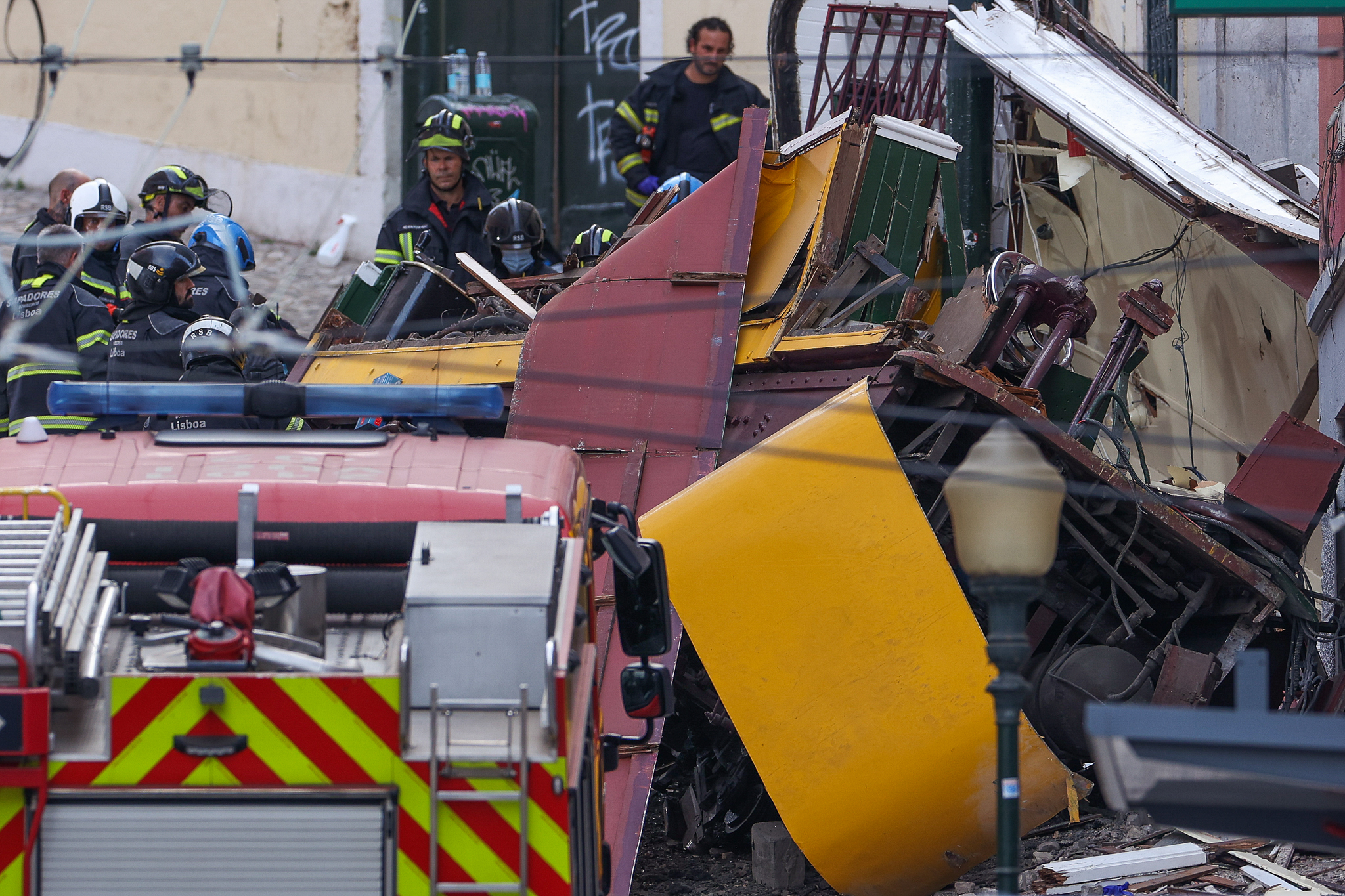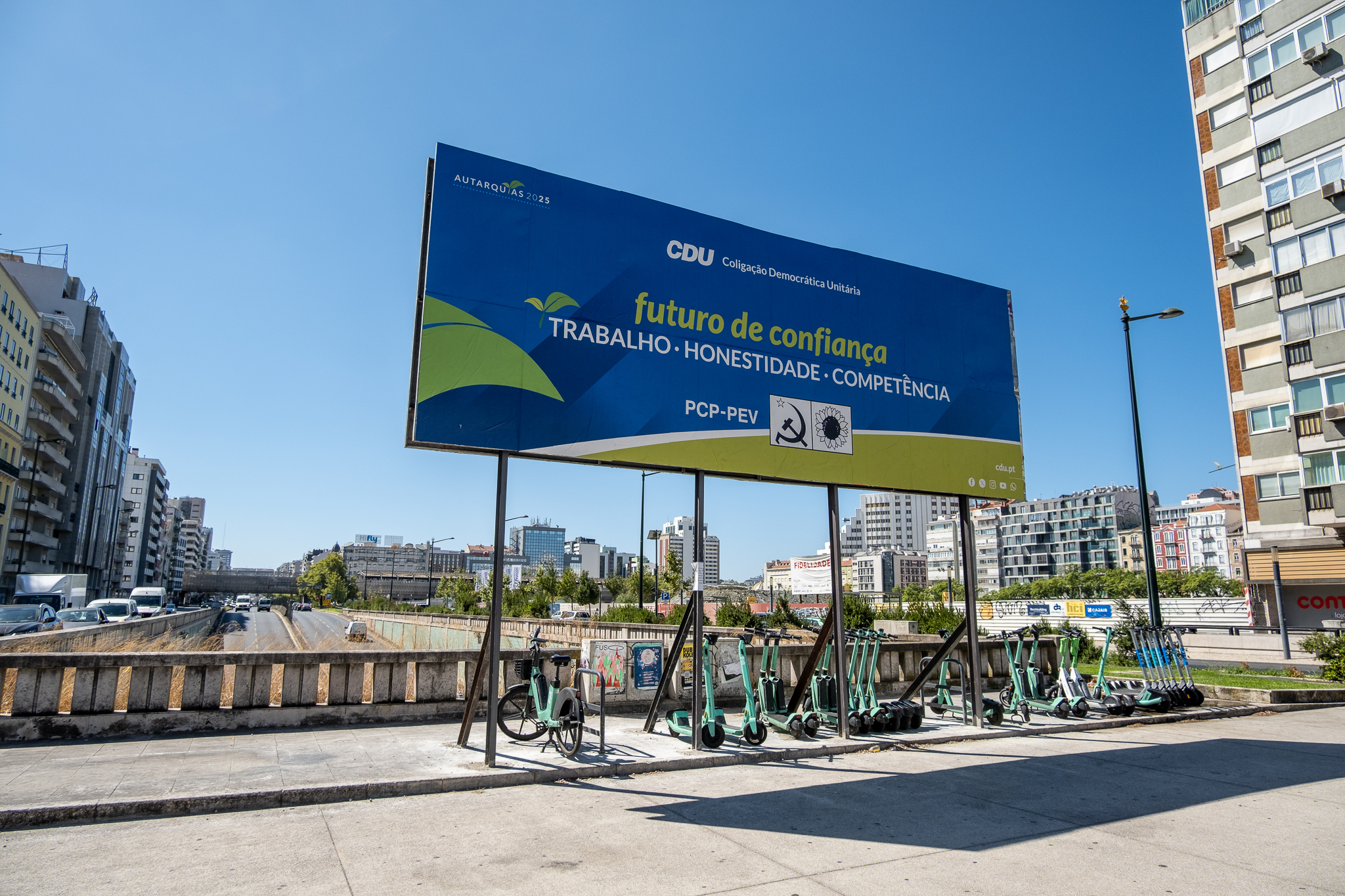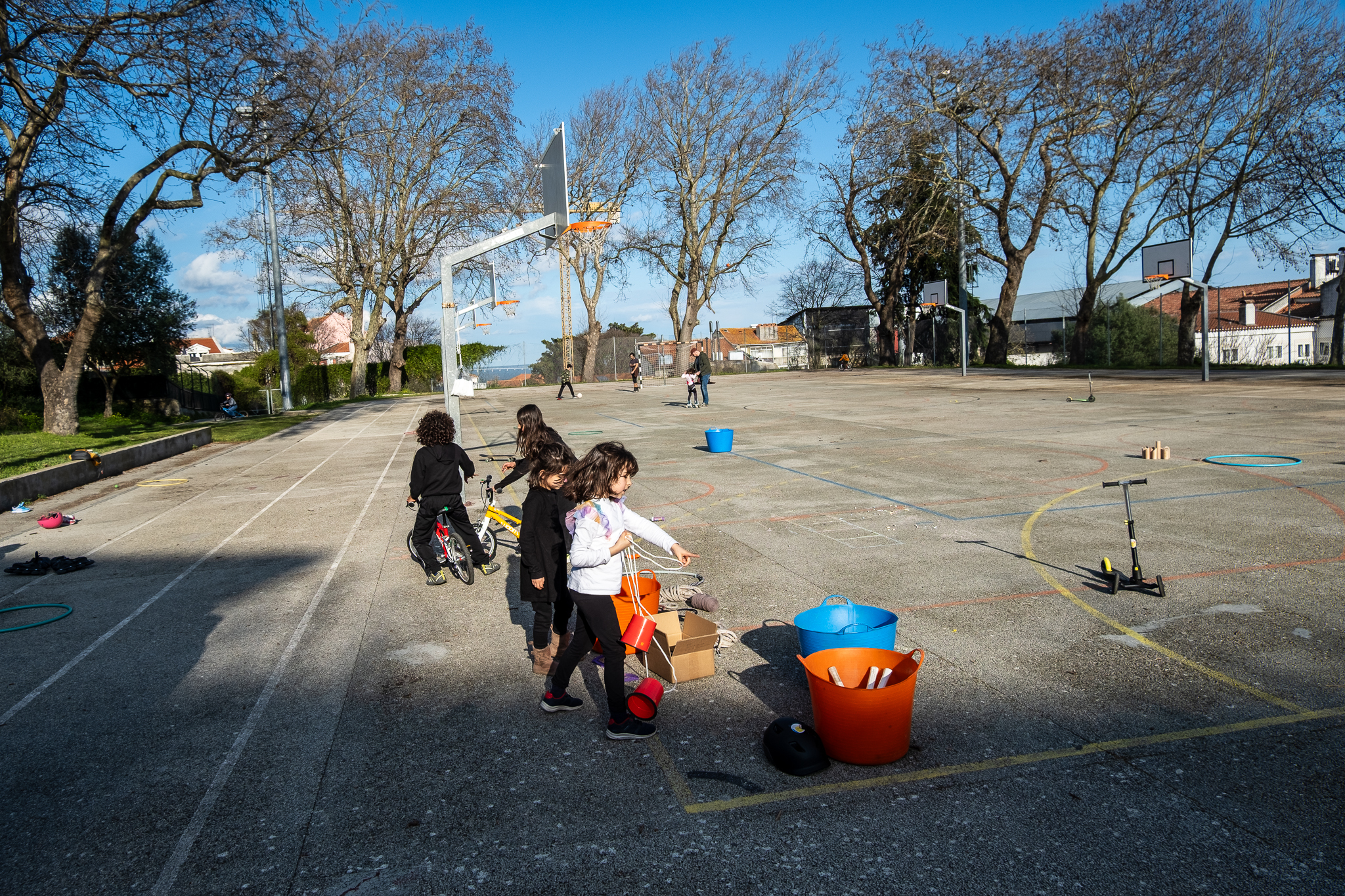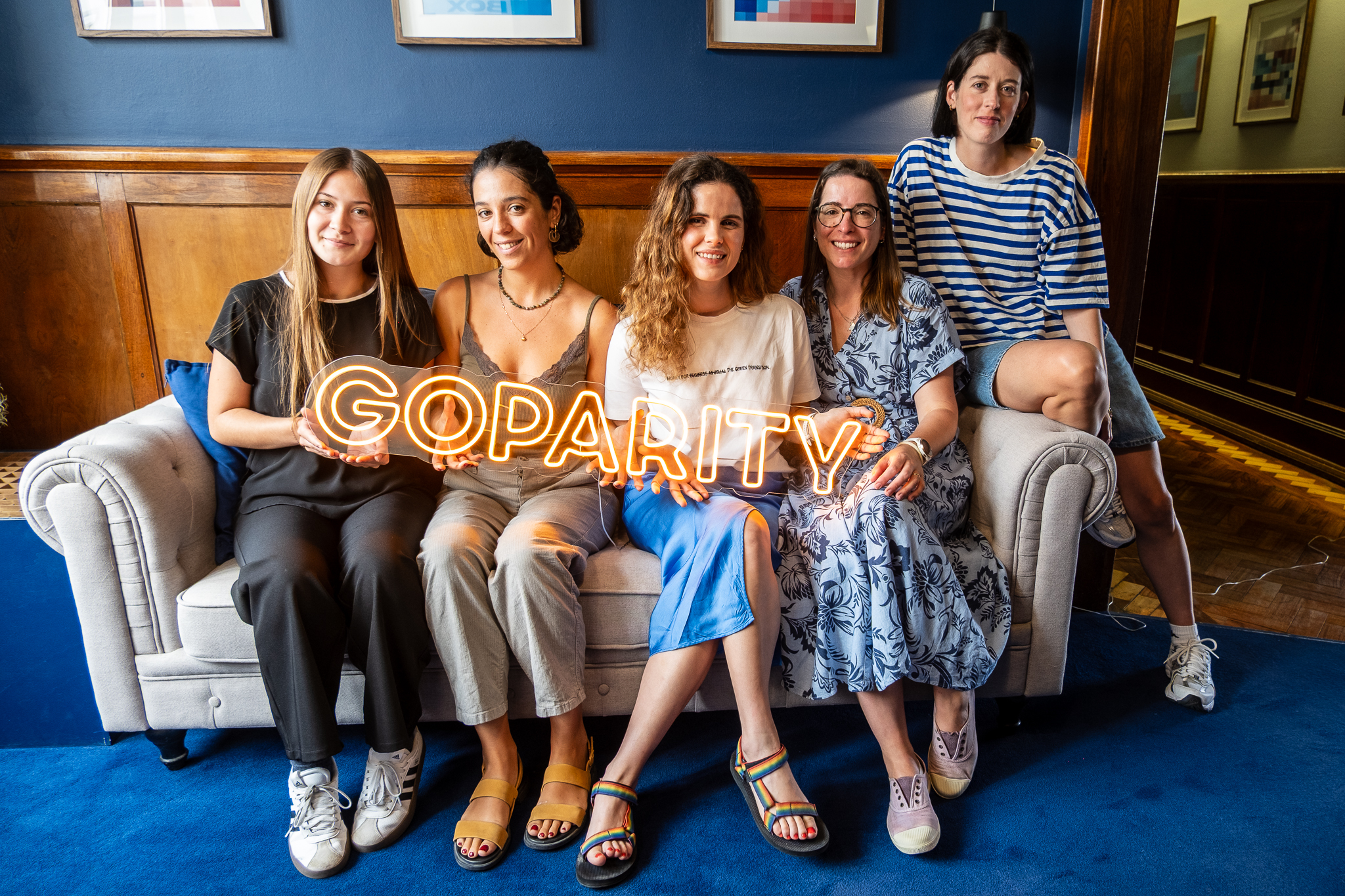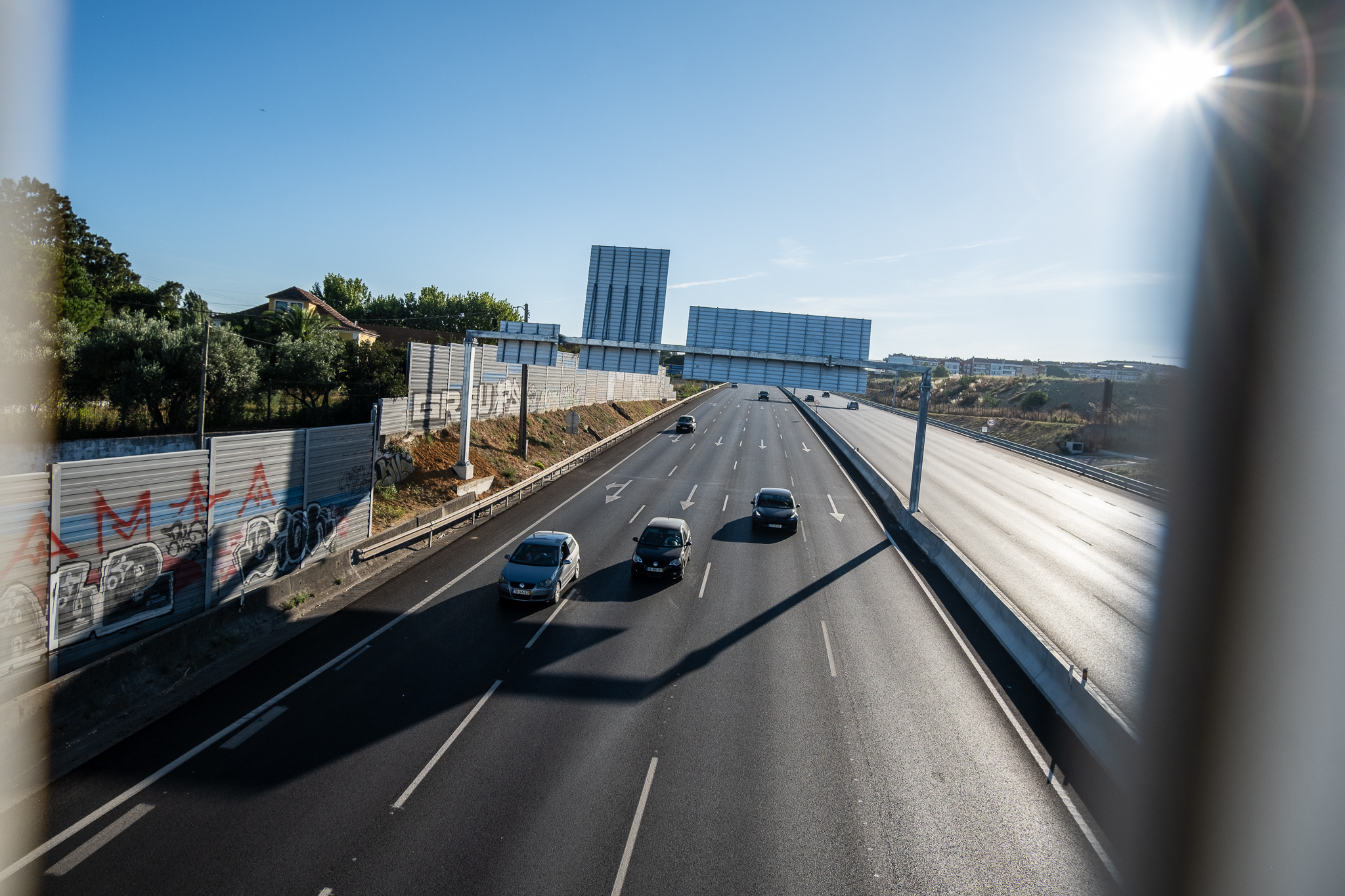The activist collective Lisboa Possível wants to pedestrianize Rua dos Mastros and Travessa dos Mastros. Together with the local community, it has called successive weekend demonstrations to close these two small streets to cars. They say they are exercising a constitutional right, but there are other understandings.

For several consecutive weekends between February and March, a a group of shopkeepers and residents, mobilized by the activist collective Lisboa Possível, closed Rua and Travessa dos Mastros to traffic. To this end, they used the legal figure of manifestationThe aim of the initiative, they say, was to call for the permanent pedestrianization of those two streets, limiting the circulation of cars. The alleged demonstrations were authorized on five weekends, with no questions asked and permission to stop traffic. But on the sixth, doubts began to arise. And on the seventh, the cutting of the street and lane was not authorized. The promoters now say that a right enshrined in the Constitution is at stake, but the reading of events cannot be so straightforward.
After all, is closing a street to traffic a demonstration? This is the question we'll be asking throughout this article, but let's start at the beginning of the story.
The beginning of the story
The history of Rua e Travessa dos Mastros should begin to be counted last summer. It was in July that the Lisboa Possível collective, together with some shopkeepers and residents of those two streets, held the event With People Inside. For a day, the Masts were empty of cars and were occupied by chairs and terrace tables belonging to restaurant and bar owners who wanted to extend their business. There was room for music, poetry recitations, an "activist fado" workshop and other pre-planned activities until 11pm. The support of the Misericórdia Parish Council to cut off traffic was attempted, but without success, Lisboa Possível found a solution with a political party. Volt may not have a seat on Lisbon's city council, but it responded to the request of Ksenia and Rita, leaders of the Lisboa Possível collective. Because they are a political party, they can call political events and thus close streets. And that's how Rua and Travessa dos Mastros were closed to cars for one day in July 2023.

In September they did it again, also for a day. This time without the Volt. "As soon as the street was closed, the first to appear were always the children. They come to play. They come to meet other children from other buildings that they don't know. They have space here"Rita Prates, one of the activists of Lisboa Possível, recalls. "When the cars leave, life appears and culture can also appear. We had music, dancing, poetry recitations, debates... The event was beautiful and we wanted to do it again in September. We did it again, and it went very well too. And at some point we realized that we had to continue with it. So, for the last month and a half, we've been doing it every weekend.".
On the weekend of February 10 and 11 this year, Lisboa Possível once again took the cars off Rua e Travessa dos Mastros. Again without the help of the Volt. And for the next five weekends they did the same. "At the beginning, everything was going very well"says Ksenia Ashrafullina, the best-known face of Lisboa Possível. She is the activist who appears in the Stories and other posts that the collective publishes on social media, a very important medium for its activity.
"A lot of work went into this with the residents and shopkeepers of these streets. It was the people who wanted this to happen. We didn't come here to impose anything. Everything we've done has been a joint effort with everyone"says Rita. "Of course, you'll never get the approval of all the neighbors. We have some people who are reluctant." Ksenia agrees: "What we started to do, and what the Junta never did, was to start talking to people, openly, explaining who we were and what we wanted." Although the two activists pointed to the support of residents, the most support they got on the ground was from shopkeepers - interested in extending their commercial spaces to the outside, similar to what is happening in the already pedestrianized and nearby Rua da Silva.

It is above all with these traders that Lisboa Possível has been working to pedestrianize the Masts. A petitionThe petition, which has 1,102 signatures at the time of writing and calls for exactly that, was delivered with 1,023 to the Lisbon Municipal Assembly last February. A month earlier, in January, Ksenia had taken part in a decentralized public meeting of the City Council, dedicated to the parish of Misericórdia, where the street and lane are located. "The council is open to the challenge you have brought here. The information I have is that the Parish Council will also be willing to consider this proposal"said the Deputy Mayor, Filipe Anacoreta Correia, at the meeting. He explained that this possible restriction on Rua e Travessa dos Mastros would be carried out "always in dialog with the community, with the residents"but added that "from the outset, whenever it's possible to make the most of the street, we're open to it".

The demonstrations
Apart from the event in July, the next nine times that Rua dos Mastros and Travessa dos Mastros have been car-free have been through the right to demonstrate, a right enshrined in our Constitution since April 25.
Article 45 - the right to assemble and demonstrate
- Portuguese Constitution
- Citizens have the right to assemble peacefully and without arms, even in places open to the public, without the need for any authorization.
- All citizens have the right to demonstrate.
This right is detailed in Decree-Law 406/74Article 1 is quite clear: "All citizens are guaranteed the free exercise of the right to assemble peacefully in public places, open to the public and private, regardless of authorization, for purposes not contrary to the law, morality, the rights of natural or legal persons and public order and tranquility."
However, according to the same legislation, prior notice of the demonstration must be given to the town hall so that it can take the necessary steps to safeguard the safety of the demonstrators. This could include making police officers available to protect those taking part in the demonstration, or even cutting off roads to allow people to occupy places that are symbolically important to them. It is also up to the City Council, in conjunction with other competent authorities such as the police, to decide whether or not a particular event is legally classified as a demonstration.
In fact, it can be read in Decree-Law 406/74: "Persons or entities wishing to hold meetings, rallies, demonstrations or parades in public places or places open to the public must give at least two working days' notice in writing to the mayor of the municipality with territorial jurisdiction."This notice must be "signed by three of the promoters duly identified by name, profession and address or, in the case of associations, by their respective directors". The same legislation states that "the competent authorities may only prevent meetings whose object or purpose is contrary to the provisions of article 1" and also that "the authorities may only interrupt meetings, rallies, demonstrations or parades held in public places or open to the public when they are prevented from being held by acts contrary to the law".

In order to cut off traffic on Rua e Travessa dos Mastros on various weekends, the Lisboa Possível collective, along with a group of shopkeepers, residents and neighbors, sent successive notices of demonstration to the city council, requesting not only that traffic be restricted, but also that the 22B bus route that passes through the area be diverted, and that, for example, grilles be made available to cover the entrances to the alleyways. (Lisboa Possível even has a tutorial on your website on how to send these emails e even publish a template so that other people can replicate the idea of closing streets to traffic). O OK was granted six times. But on the sixth weekend, March 8 and 9, despite the authorization to cut the road, Ksenia and Rita were visited by the PSP, who were suspicious after seeing successive demonstrations being called for the same place, at the same time, by the same people.
The following weekend (March 16 and 17), which would be the seventh with the Masts without cars, the town hall's response to the notice of the demonstration was different:
"We acknowledge receipt of your e-mail and inform you that the event you intend to hold will be governed by Regulatory Decree 2-A/2005 of March 24 and not by Decree-Law 406/74 of August 29. Therefore, in order to hold the event, we recommend that you promote it under this Regulatory Decree, with the Municipal Mobility Directorate (dmm@cm-lisboa.pt), and you are hereby informed that if you do not do so and the event takes place, you may be held responsible. Among other possible infractions, cutting off the public highway to traffic is likely to incur the commission of a crime, under the terms of Article 290(1)(b) of the Penal Code. Also for this reason, we will not provide any grilles to condition the public highway, which, if it occurs, will be subject to criminal prosecution, under the terms set out above."
- Lisbon City Council
In other words, the Municipality of Lisbon understood that the Lisboa Possível event it was not a demonstration, but a recreational event, which has another legal framework. O Regulatory Decree cited by the municipality concerns the "use of public roads for sporting, festive or other activities that may affect normal traffic" and is basically aimed at organizations that want to promote recreational activities in a locality by restricting car traffic. Requests have to be made to the Town Hall with a series of documents, including an application, a map of the proposed activities and an opinion from the security forces. These requests must be made at least 30 days in advance and may not be answered.

When the council receives a notice of demonstration, it is not only up to it to assess the request, to see if it is indeed a demonstration, but also to place it within the framework of other citizens' rights, in order to ensure, for example, that one citizen's right is not disproportionate to another citizen's - in the light of the law. Free movement is also a right and, incidentally, according to the Penal Code, the cutting of traffic lanes can be considered a crime of road safetyThis crime is punishable by a prison sentence of one to five years. This crime can take place in front of a "placement of obstacles that obstruct operation or circulation".
All told, Ksenia, Rita, the shopkeepers and residents managed to hold six demonstrations to stop traffic at the Masts - seven if you count the September event, eight if you also count the July event. Eight demonstrations, or one big demonstration with eight chapters spread over several weekends.
Despite the fact that Lisbon City Council did not authorize the cutting of Rua and Travessa dos Mastros on the weekend of March 16 and 17, Lisboa Possível tried to demonstrate anyway on Saturday. It was surprised by several PSP officers who prevented the road from being cut. Ksenia has released several videos on the collective's social networks, including these:

Demonstration or fun event?
"This is a demonstration, in accordance with Article 45 of the Constitution. That's what we're letting the council know. We're here to demonstrate for the pedestrianization of this street and the lane next to it. We're doing it for various reasons"Rita understands. "It's a demonstration for the redistribution of space, for pedestrianization, for the safety of people, of children, for air quality, for no noise"Ksenia adds. "The Constitution itself doesn't define what a demonstration is. And what happened was that the City Council decided that it wasn't a demonstration"He disputes this, saying that this cannot be the role of the local authority. "What the council should have done was protect us. In other words, we tell the council that we're going to demonstrate in an area at X time and the council sends police to protect the demonstrators."
"We are asking for a redistribution of public space"reinforces Ksenia. "It's the shopkeepers, the residents and the neighbors who want this street to be different. This is one of the most political demonstrations possible, because it changes the right to the street. And through this street, it changes our relationship with the city. It's a demonstration because we want a change, because we want to pedestrianize this street and that lane."
For the two activists, removing cars from Rua e Travessa dos Mastros is necessary for the demonstration to work, for it to make sense. Having the Masts pedestrianized is the demonstration. "We want the community and the people who live here to have this experience of the alternative reality of the car-free street, because you can only really change people's perceptions when they experience this alternative"explains Ksenia. For Rita, the responses to the petition change with the street temporarily pedestrianized. "When we have a street with cars and we ask if they would like it to be pedestrianized, we get a lot of 'no's'. But when the street is pedestrianized and we have people walking on it, they tell us more often that there's no point in having cars here again. They realize it's much better."
The most recent attempts
Ksenia and Rita didn't give up in the face of the not of the House. After being unable to use the figure of the manifestation to close the Masts to traffic, they decided to join the Volt again. And after a weekend break, those two streets were once again car-free between 10am and 11pm, this time for just one day, Saturday. As a result, on March 30, the day before Easter, the street and lane were once again free of cars. A police force of three officers was deployed to the scene, safeguarding the necessary traffic detour.

"Lisboa Possível was being restricted in the right to demonstrate that all Portuguese citizens have. Police showed up here to put pressure on the demonstration. As we had already supported this event at the beginning, we decided that we should do it again now. This time, not to demonstrate for a better street, but for the right to demonstrate that was at stake. And which is still at stake"argues Volt member Silke Jellen. "The demonstrations that took place here were all within the law"he argues. That Saturday, Silke Jellen and other Volt representatives were at the Masts with a pulpit and a microphone talking about the right to demonstrate and also the need to improve the street. "The speed limit here is 50 km/h. How is that possible?"" asks Silke rhetorically, for whom pedestrianizing a street doesn't mean removing cars altogether. "You could do what was done in Bairro Alto or Castelo, an area just for residents, with a retractable pylon." This would allow access for residents who need to unload something (there is no parking on the street) but also for any emergency vehicles. And the whole area would have to be a coexistence zone, he believes. "A promenade is not possible here. It has to be a coexistence zone. Everything at the same level and the coexistence of all users, which means cars, pedestrians, everyone."
Volt's argument - which is the same as Lisbon Possible's - is based on the Decree-Law no. 163which has been in force since August 2006, and which stipulates that the "sidewalks adjacent to main roads and distributor roads must have a clear width of not less than 1.50 meters"In neighborhood streets (like these), "all pedestrian routes must have a continuous circulation channel, free of obstructions, with a width of no less than 1.20 meters, measured at sidewalk level". For its part, the Lisbon Public Space Manual confirms the minimum width of 1.2 meters and points out that when this is not possible (for example, due to the distance between buildings), "a gradient should not be used to establish the demarcation between the pedestrian circulation space and the road circulation space"A zone of coexistence can be established - in other words, sharing between all modes.

The sidewalks on Rua e Travessa dos Mastros are indeed small. The fight for a better public space here is totally valid, but this story has long since stopped being just about the pedestrianization of these streets. "The constitutional right that we have with Article 45 of the Constitution doesn't work the way it's supposed to. Because in reality, after the first event with Volt, we wanted to do it without Volt and without parties. We wanted to see how far the citizen's right would go. And we saw how far it went"concludes Ksenia. "We are open to all political parties. More parties have come to talk to us. But Volt came forward to physically be here to help us." The BE came in with a request, asking questions to the Mayor of Lisbon about the municipality's involvement in the decision not to allow the Masts to be closed to cars for the Lisboa Possível demonstration; and Inês Drummond, a socialist councillor, commented on social media that "the Mayor of Lisbon can only stop a demonstration if it is contrary to the law, order or rights"On that Saturday, March 30, Lisboa Possível didn't have many people at the Masts, perhaps because it was the eve of Easter and some of the stores were closed. But the collective was talking about the next steps: the idea was to try to get the Masts closed again the following Saturday, April 6. "We want to do it again as citizens"Ksenia confessed. The notice of demonstration was sent to the town hall on Tuesday and a reply was received on Friday:
"In view of the recommendation of the Public Security Police and not disregarding the right to demonstrate, but also the right to free movement of other citizens, by decision of the Mayor of Lisbon, it is informed that it will be up to the Public Security Police to consider and decide on the correct ordering of the traffic of people and vehicles on the public highway, including a possible traffic stop."
- Lisbon City Council

In other words: the demonstration could take place, but without traffic. On Saturday, April 6, Ksenia and Rita shared several videos of their confrontation with the PSP, which had chosen not to restrict traffic at any time. The activists, and others who joined the protest, held placards and even painted the recommended width of 1.5 meters for pedestrian traffic on the ground. The cars passed but the demonstration took place. No road closures.


"If we manage to pedestrianize this, what will happen? Others will do the same thing. We want that. But that's the fear of the City Council, of the Junta. We want other people, other associations, other movements to do the same"Rita believes. "I really don't understand why, politically, they don't take advantage of our work. Nobody wants there to be these conflicts. Our initial idea was that the council and the town hall would help us. We don't understand why they don't want to. Are they afraid? Afraid that their power might be diluted by activists?"criticizes Ksenia.
Lisboa Possível has lost the bridges of contact and dialog it once had with both the Misericórdia Parish Council and the Lisbon City Council. But it doesn't seem to be losing any energy to fight for the pedestrianization of the Masts. But, after all, is this a demonstration or not?


